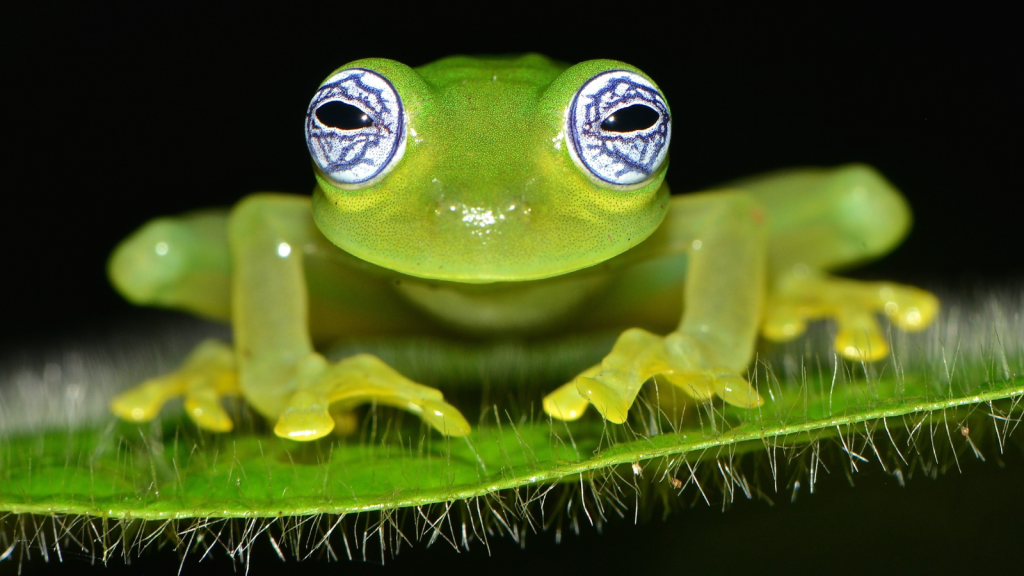Glass frogs are some of the most fascinating creatures in the amphibian world. These tiny, see-through frogs might look delicate, but they’re tough little survivors with some truly amazing tricks up their sleeves. From their unusual parenting habits to their remarkable camouflage abilities, glass frogs are full of surprises. Whether you’re a nature lover or just curious about the world around you, these incredible amphibians are sure to capture your imagination. Get ready to discover some mind-blowing facts about these unique and charming creatures!
Their Hearts Are Visible Through Their Skin
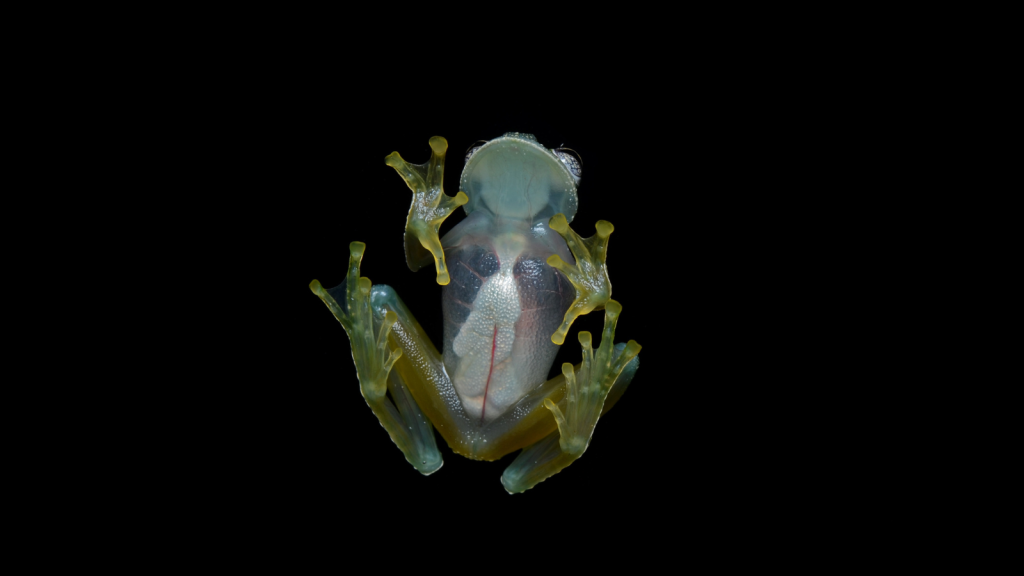
Glass frogs have translucent skin on their undersides, allowing you to see their internal organs. The most striking feature is their heart, which you can actually watch beating through their skin. This unusual characteristic gives scientists a rare opportunity to study frog anatomy without invasive procedures. You can also see other organs like the liver, intestines, and even blood vessels pulsing with each heartbeat.
They’re Not Actually Made of Glass
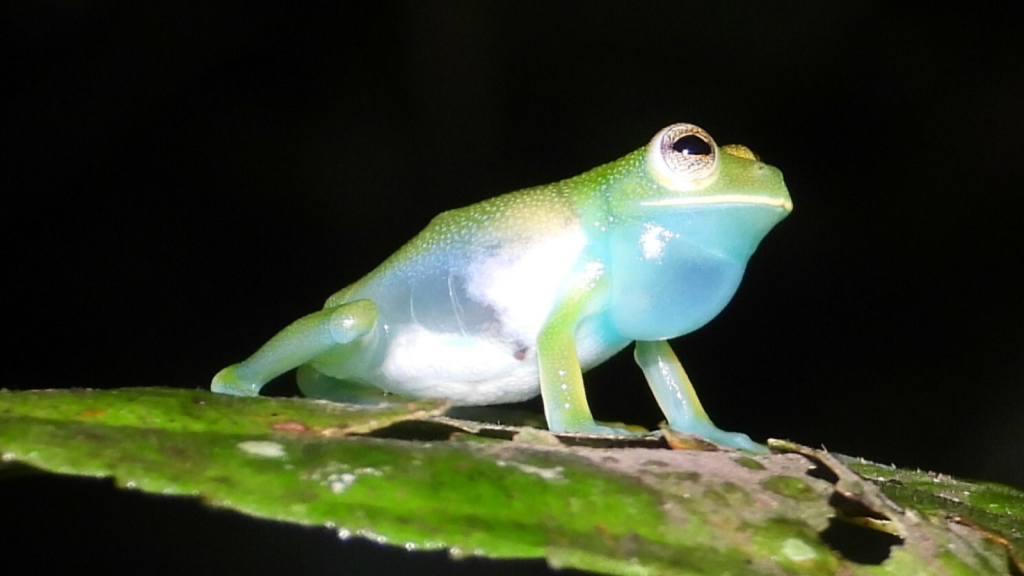
Despite their name, glass frogs aren’t made of glass at all. Their skin is mostly transparent, but it’s still living tissue. The see-through effect is caused by a lack of pigment in certain areas of their skin, allowing light to pass through and revealing the organs beneath. This transparency is achieved through a combination of special proteins and the arrangement of collagen fibres in their skin.
Glass Frogs Can Change Their Transparency
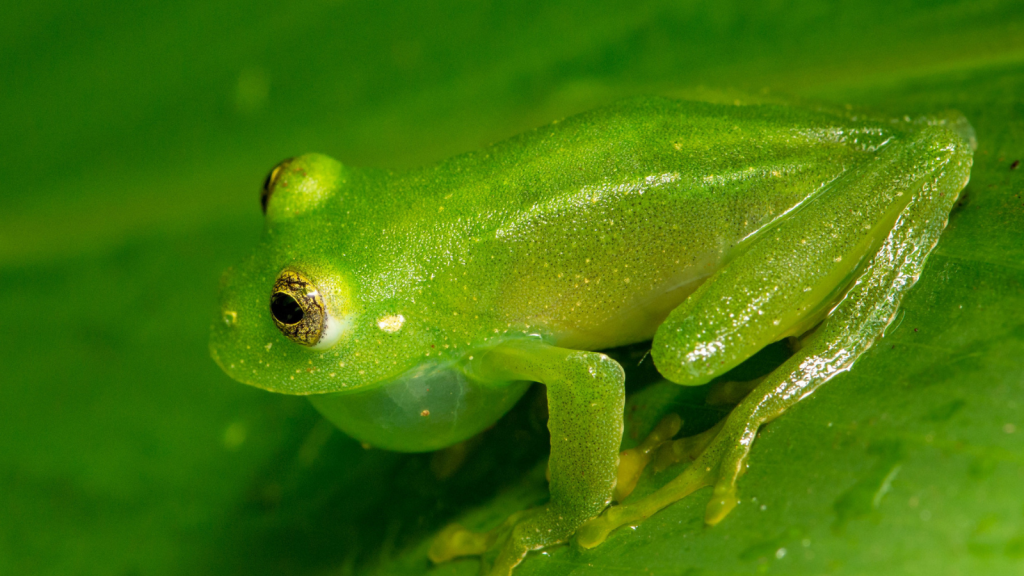
Some species of glass frogs can actually adjust how transparent they are. They do this by moving pigment-containing cells in their skin, allowing them to become more or less see-through as needed. This ability helps them blend in with their surroundings and avoid predators. The process is controlled by hormones and can happen relatively quickly, allowing the frog to adapt to changing light conditions or threats.
They’re Excellent Camouflage Artists
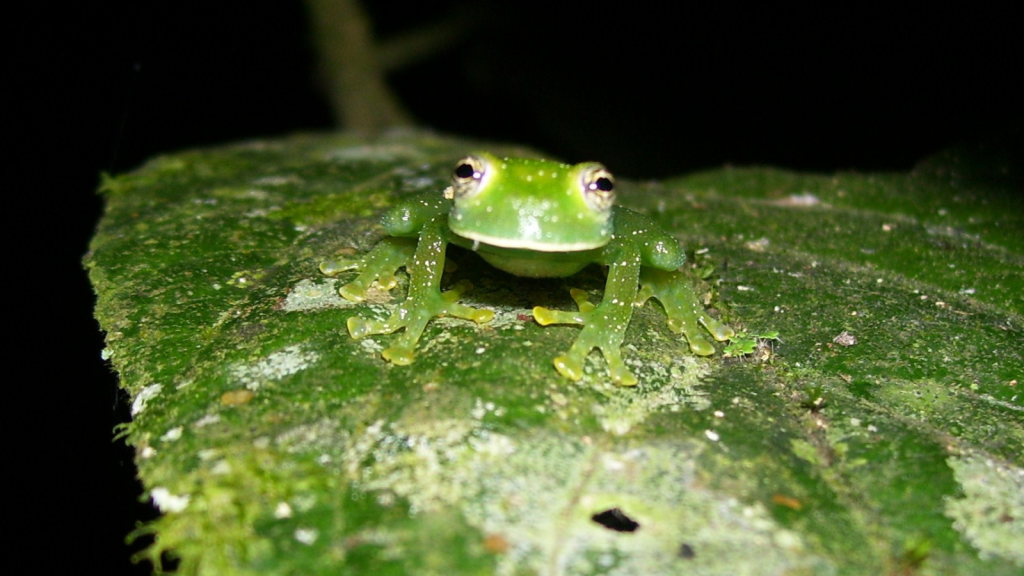
Glass frogs are masters of disguise. Their green backs help them blend in with leaves, while their transparent undersides allow light to pass through them, reducing shadows. This makes them incredibly difficult to spot in their natural habitats, keeping them safe from hungry predators. Some species even have light-reflecting crystals in their skin, further enhancing their camouflage abilities.
Glass Frog Dads Are Super Protective
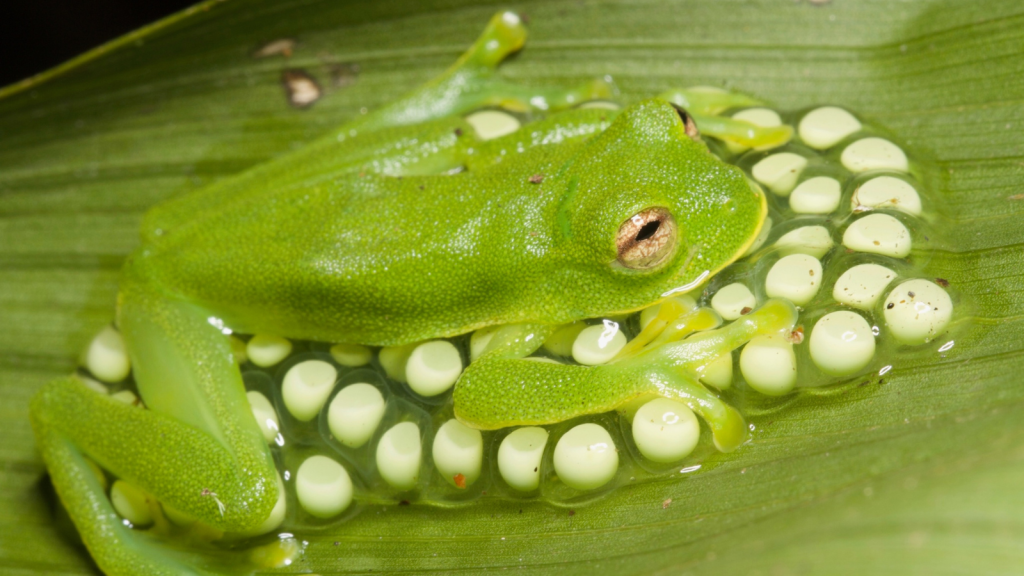
Male glass frogs are devoted fathers. After the eggs are laid, dad sticks around to guard them. He’ll use his body to shield the eggs from predators and even fight off other frogs that get too close. This dedication helps ensure that as many of his offspring as possible survive to hatch. Some male glass frogs will continue to guard their eggs for up to two weeks, going without food to protect their young.
They Have Weird Eyes
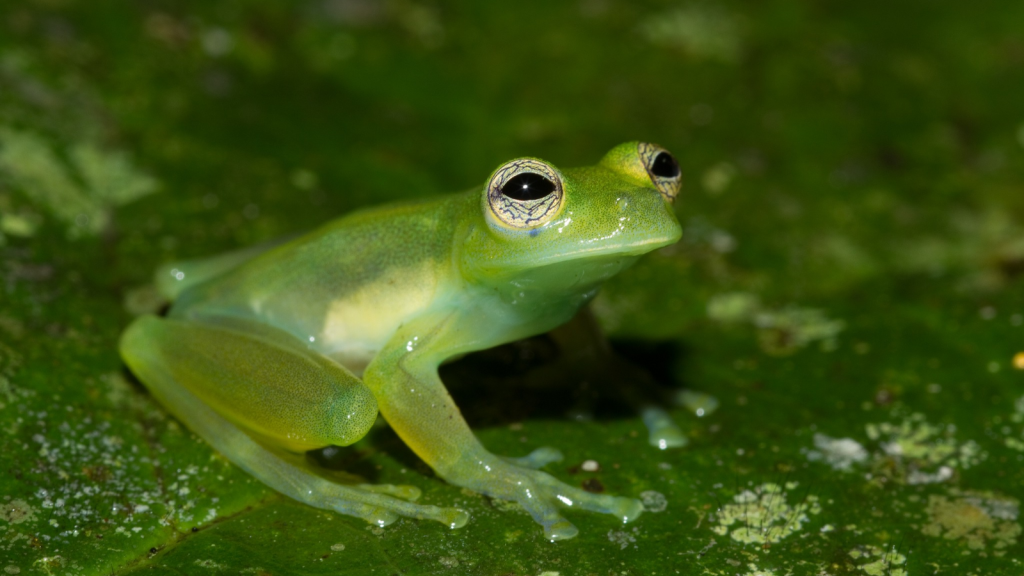
Glass frogs have unusually large eyes for their size, which point forward instead of to the sides like most frogs. This gives them excellent depth perception, helping them catch prey and navigate their treetop homes. Their golden irises are also quite striking against their green skin. The forward-facing eyes also allow for better night vision, which is crucial for these nocturnal creatures.
Glass Frogs Are Tiny
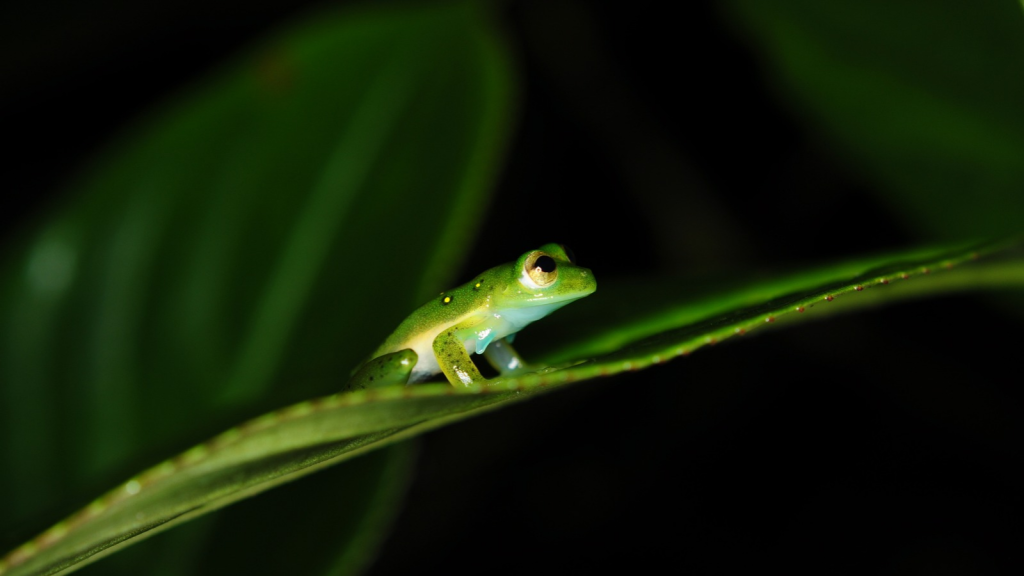
Most glass frog species are incredibly small, with some measuring just 2 centimetres in length. Their diminutive size allows them to live comfortably on leaves and twigs in the rainforest canopy. It also means they can easily hide from larger predators. The smallest known glass frog species, Cochranella resplendens, is barely larger than a fingernail when fully grown.
They’re Found in Central and South America
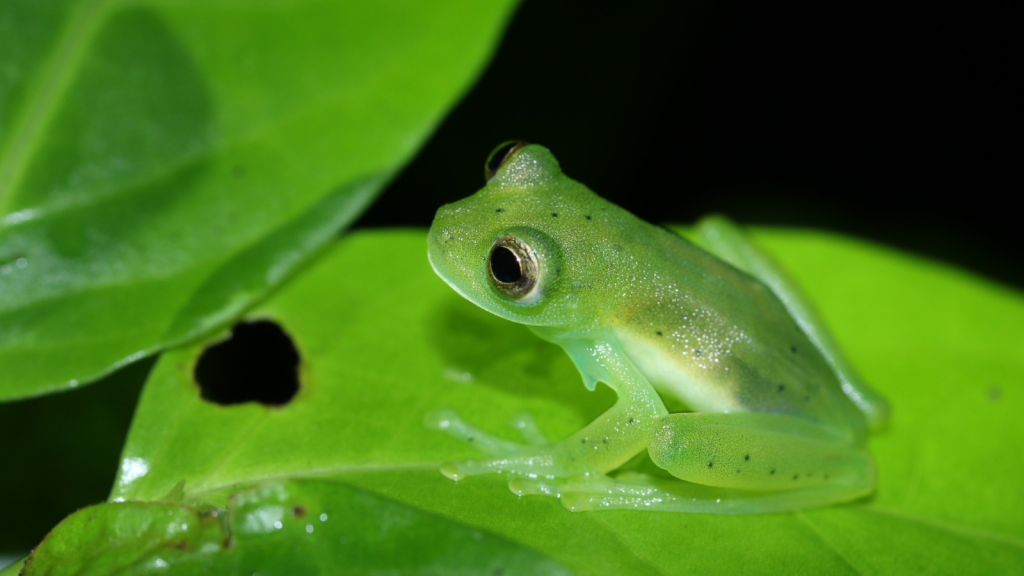
Glass frogs are native to the rainforests of Central and South America. They live in areas with high humidity and plenty of vegetation near streams and rivers. Some species are found at high elevations in cloud forests, where conditions are cool and misty. The greatest diversity of glass frog species is found in Colombia, Ecuador, and Peru.
Glass Frogs Are Nocturnal
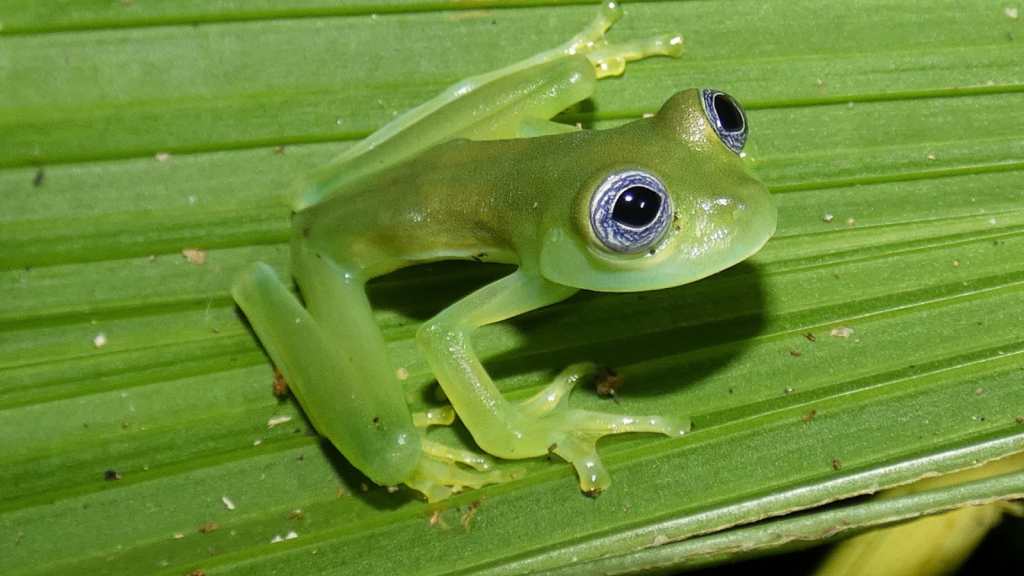
These fascinating amphibians are most active at night. During the day, they rest on the undersides of leaves, where their camouflage keeps them hidden. As darkness falls, they become more active, hunting for small insects and spiders. Their large eyes and sensitive hearing help them navigate and hunt effectively in the dark.
They Have Sticky Fingers
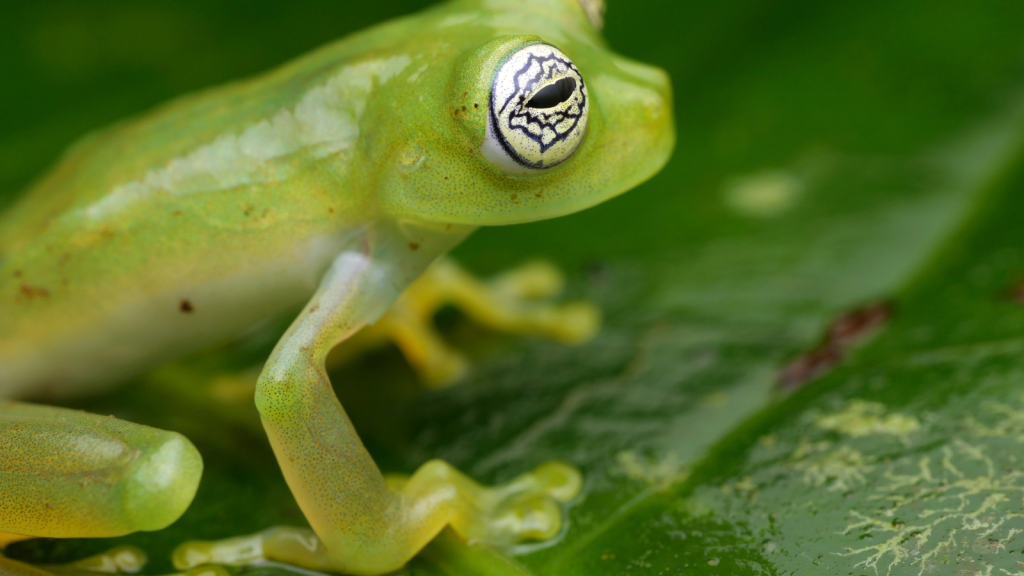
Glass frogs have specially adapted toe pads that allow them to cling to smooth surfaces like leaves. These sticky pads are covered in tiny structures that create friction, helping the frogs maintain their grip even in wet conditions. This adaptation is crucial for life in the treetops. The toe pads are so effective that glass frogs can even stick to vertical glass surfaces.
Glass Frogs Are Excellent Jumpers
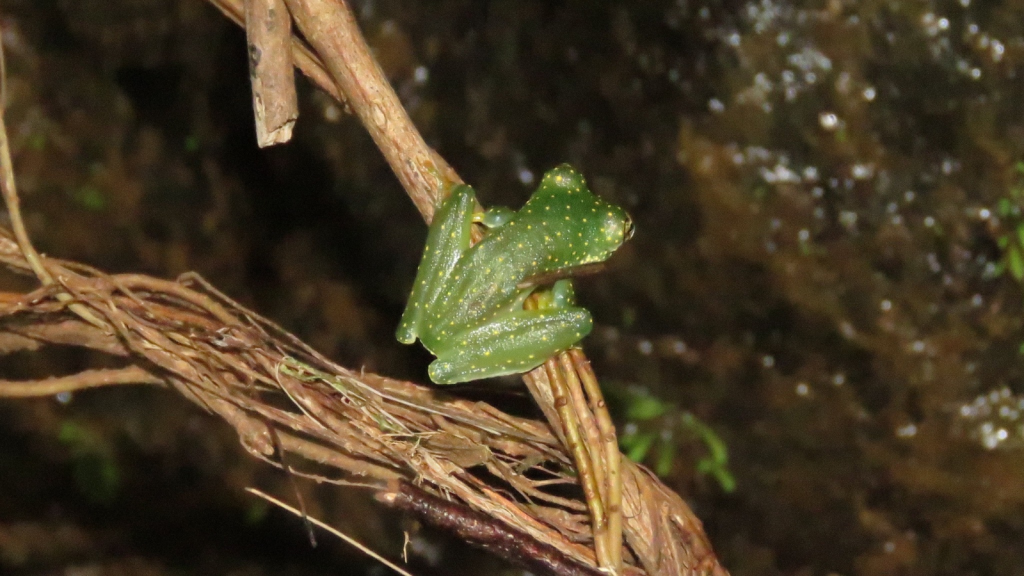
Despite their small size, glass frogs are impressive leapers. They can jump up to 50 times their own body length in a single bound. This ability helps them escape predators and move quickly through their forest home. Their powerful leg muscles and lightweight bodies contribute to their remarkable jumping prowess.
They Lay Their Eggs on Leaves
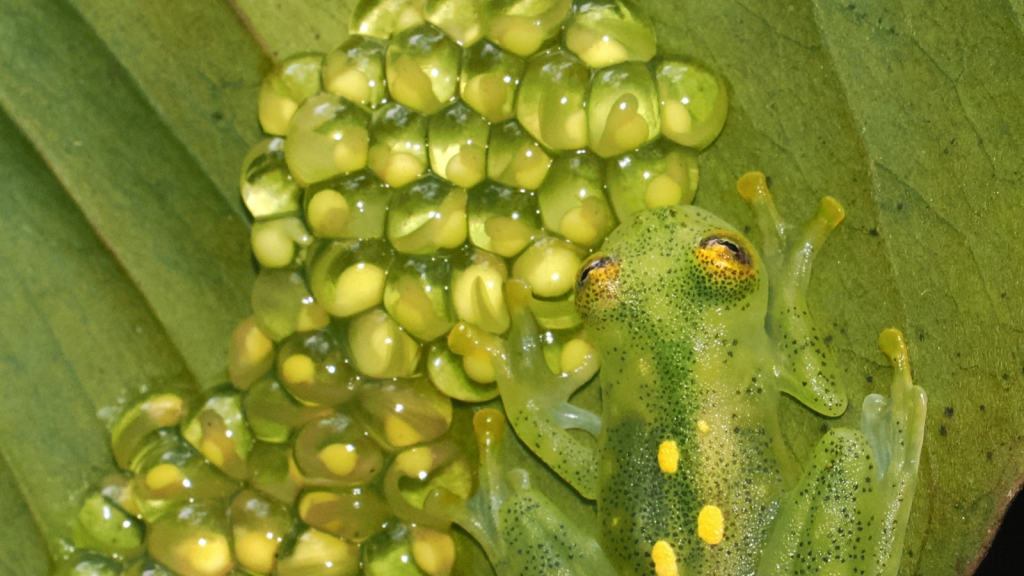
Glass frogs have an unusual way of laying their eggs. Instead of depositing them in water like many other frogs, they attach their eggs to the undersides of leaves overhanging streams. When the tadpoles hatch, they drop into the water below to continue their development. This strategy helps protect the eggs from aquatic predators and ensures the tadpoles start life in oxygenated, flowing water.
Some Species Are Critically Endangered

Sadly, many glass frog species are at risk of extinction. Habitat loss, climate change, and a deadly fungal disease are all threatening these unique amphibians. Conservation efforts are underway to protect them, but their future remains uncertain. The chytrid fungus, which has decimated amphibian populations worldwide, is particularly dangerous to glass frogs due to their delicate skin.
They Have Transparent Bones
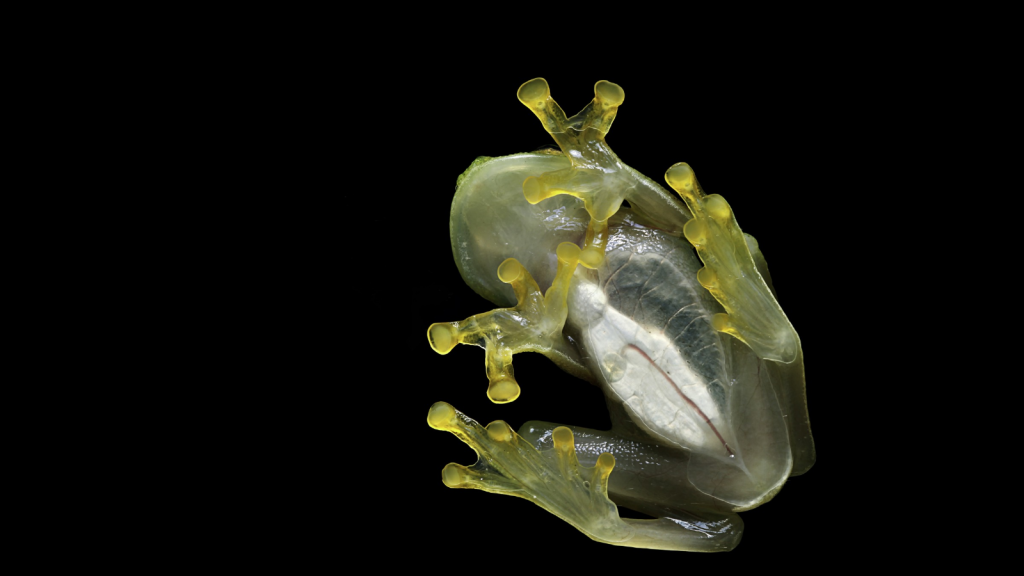
It’s not just their skin that’s see-through – some glass frog species also have transparent bones. This unusual feature adds to their overall translucent appearance and makes them even more fascinating to scientists studying frog anatomy. The transparent bones are particularly visible in the frog’s limbs, where you can sometimes see the bone marrow.
Glass Frogs Inspired a Famous Puppet
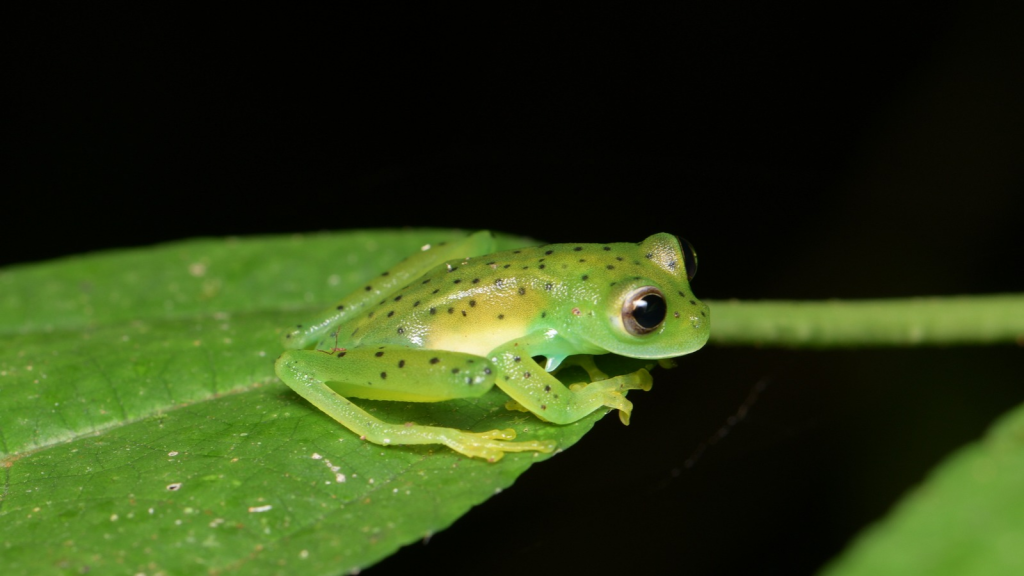
The glass frog’s distinctive appearance inspired Jim Henson when he was creating Kermit the Frog. While Kermit isn’t transparent, his bright green colour and large eyes bear a striking resemblance to these amazing amphibians. Henson reportedly saw a glass frog in a nature documentary and was struck by its unique appearance, leading to the creation of one of the world’s most beloved puppet characters.
Becky is a fervent wildlife enthusiast and pet care expert with a diploma in canine nutrition. Her love for animals stretches beyond the domestic, embracing the wild tapestry of global fauna. With over a decade of experience in animal welfare, Becky lends her expertise to OutlandishOwl through insightful articles, captivating wildlife information, and invaluable guidance on pet nutrition. Her work embodies a deep commitment to understanding the intricate lives of animals and a passion for educating others on sustaining natural habitats. Becky's hands-on conservation efforts and her knack for translating complex dietary science into practical pet feeding tips make her an indispensable voice for creatures great and small.

